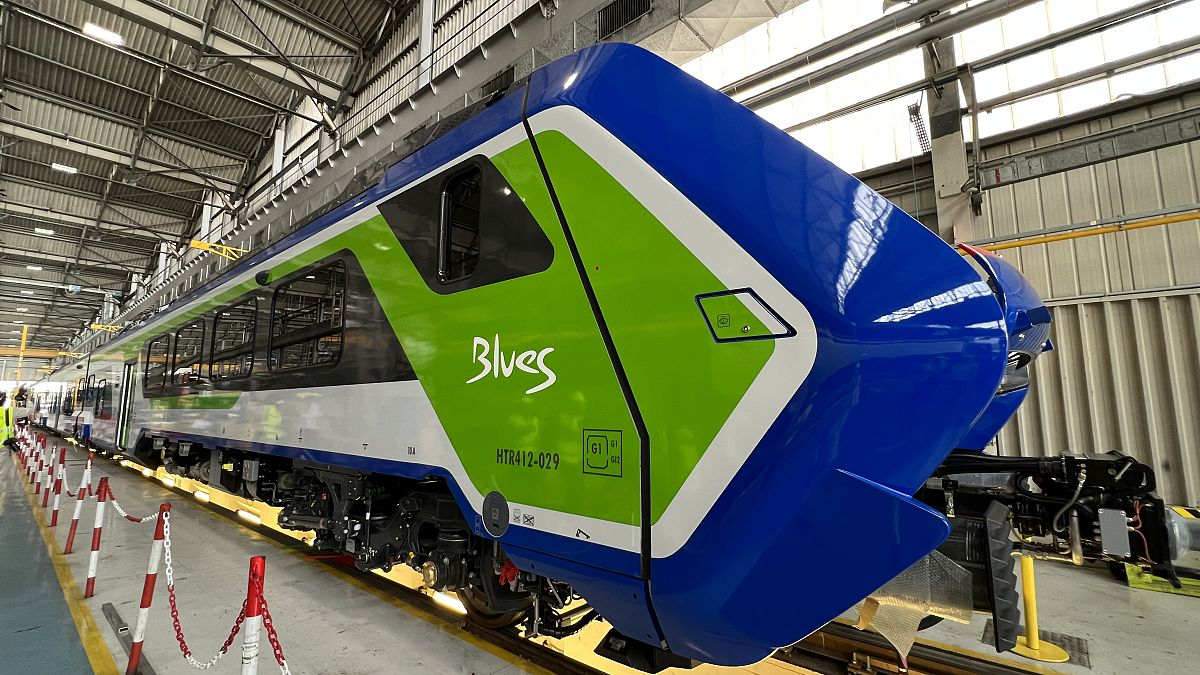And you don't think a progressive scheme of modifying platforms to allow level boarding for disabled people is important enough? How ableist. We should absolutely do it, and several million is a price worth paying to allow wheelchair users freedom from having to faff about with an unreliable assistance system (plus you save cost in far fewer people needing assistance in the first place).
Imagine if that was said about low floor buses?
Even before it's done, gap fillers are a safety benefit, and the lower floor means the step up from very low rural platforms isn't quite as ridiculously high. It's been done on rural Greater Anglia, and we should do it for Northern too - GA have proven its success.
Except it won't be "several million" - several billion is probably closer.
And the provisions of the legislation are to make accessibility changes *where practical* - there are a good 10% of stations which are not particularly accessible even for the able bodied, by virtue of their location - for the very few disabled passengers wishing to access such places it would be cheaper to provide them with a taxi free of charge than upgrade the station for the frequency of use.



